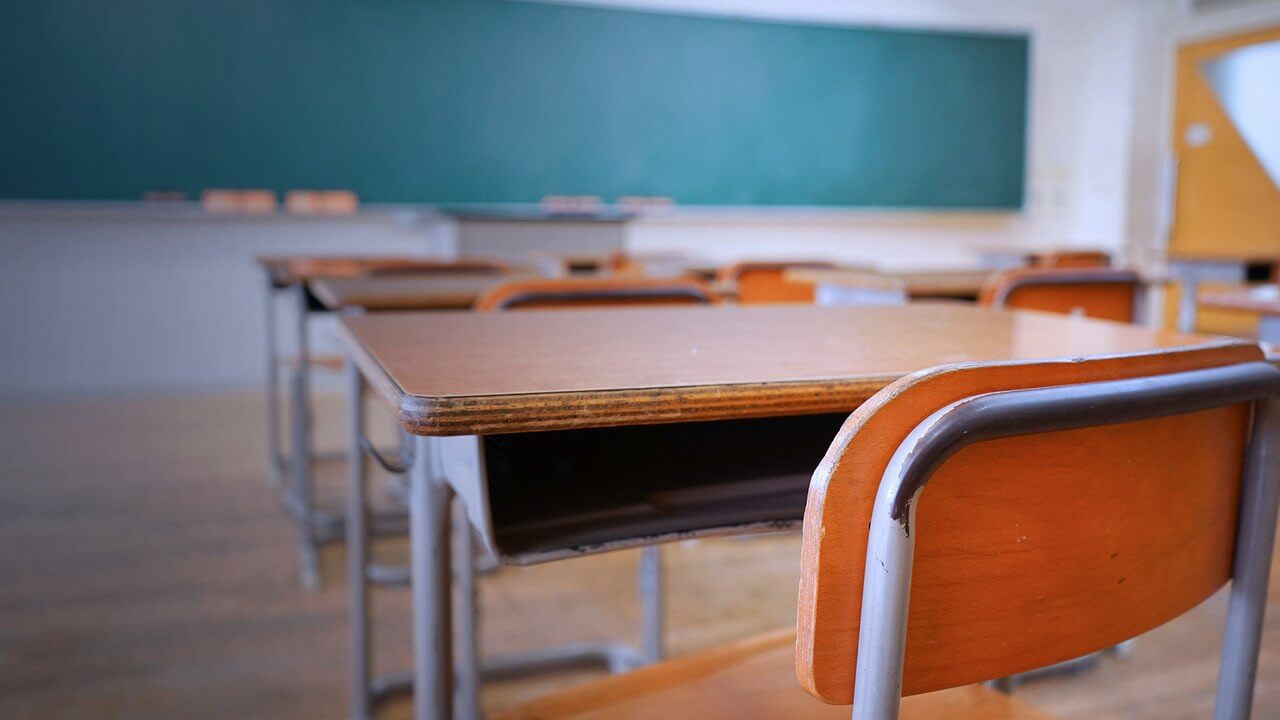RIO DE JANEIRO, BRAZIL – Brazilian education is likely to undergo further strong negative impacts caused by the lack of classes in schools throughout the country, particularly in the poorest regions. After 14 months of pandemic, the states with a high percentage of school dropouts are still to reopen their schools.

This is shown by data from the School Permanence Indicator, released on Monday, May 31, by IEDE (Interdisciplinarity and Evidence in Educational Debate). Some states that remain with no on-site classes already had one third of their youths out of school, and the situation triggered by the pandemic is likely to aggravate this scenario even further.
IEDE’s methodology is different when compared to other indicators. Rather than using only a percentage from the year before, the School Permanence Indicator is able to track the students’ progress. “This approach provides a more complete overview of education, looking at the IDEB, the Basic Education Development Index, which assesses the quality of learning in the country. Monitoring is done by generation. Now, we are analyzing the situation of those born in 2003, for instance. We can thus develop attendance and permanence measures to help school management,” said Ernesto Faria, IEDE’s director.
The reality of thousands of young Brazilians in this age group poses a dangerous combination for the country’s education. They are potential students who face school closures and also their families’ loss of income. Both factors lead to the need for young people to leave school in order to work and take money home.
Inequality
This scenario increases inequality and demonstrates that the pandemic affects the vulnerable in a cruel way. “The main strategy to minimize dropout is proximity, that is, the school’s capacity to accompany students in order to articulate and systematize information about their reality. The impact in relation to inequality has been brutal,” said Faria.
One of the risks that dropping out and not attending classes can cause is the culture of failing and repeating school years. According to Ernesto Faria, schools can fail students in the coming years due to a low level of student learning. And dropouts may increase even further.
“We need to support and strengthen the networks to help in school management and in decision making about the future of students. Municipal and state secretariats, as well as the federal government, need to provide the support, particularly to small municipalities.”
Future of education
Regarding the future of education in this context of young people out of school, Faria says that it is difficult to make an estimate. However, the average percentage of out-of-school students in Brazil, which currently stands at 18%, may reach 30%.
Another issue that school closures may cause is that children aged 5 to 12 also drop out of school in the initial years, a situation that Brazil had already overcome. However, when the subject is the reopening of schools, Faria is cautious.
“There is no point in returning to in-person classes without a dialogue with the teachers, without a sanitary structure and vaccination. Educational networks should have good management mechanisms to register which students are performing activities and attending classes. This would be very helpful in the short term. The immediate solution to prevent dropouts is not limited to vaccines, but the schools, even online, would need to be close to their students.”

